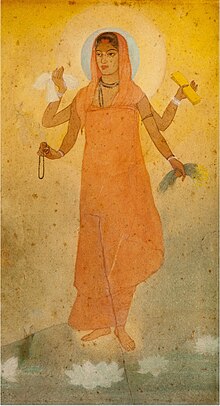
Indian art consists of a variety of art forms, including painting, sculpture, pottery, and textile arts such as woven silk. Geographically, it spans the entire Indian subcontinent, including what is now India, Pakistan, Bangladesh, Sri Lanka, Nepal, Bhutan, and at times eastern Afghanistan. A strong sense of design is characteristic of Indian art and can be observed in its modern and traditional forms.
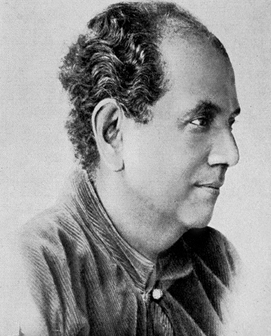
Abanindranath Tagore was the principal artist and creator of the "Indian Society of Oriental Art". He was also the first major exponent of Swadeshi values in Indian art. He founded the influential Bengal school of art, which led to the development of modern Indian painting. He was also a noted writer, particularly for children. Popularly known as 'Aban Thakur', his books Rajkahini, Buro Angla, Nalak, and Khirer Putul were landmarks in Bengali language children's literature and art.

Indian painting has a very long tradition and history in Indian art. The earliest Indian paintings were the rock paintings of prehistoric times, such as the petroglyphs found in places like the Bhimbetka rock shelters. Some of the Stone Age rock paintings found among the Bhimbetka rock shelters are approximately 10,000 years old. Because of the climatic conditions in the Indian subcontinent, very few early examples survive today.
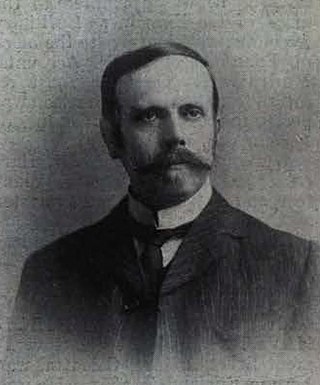
Ernest Binfield Havell, who published under the name E.B. Havell, was an influential English arts administrator, art historian and author of numerous books about Indian art and architecture. He was a member of the Havell family of artists and art educators. He was the principal of the Government School of Art, Calcutta from 1896 to 1905, where, along with Abanindranath Tagore, he developed a style of art and art education based on Indian rather than Western models, which led to the foundation of the Bengal school of art.
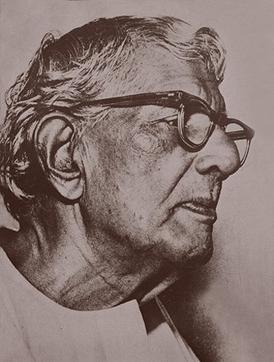
Jamini Roy was an Indian painter. He was honoured by the Government of India the award of Padma Bhushan in 1954. He remains one of the most famous pupils of Abanindranath Tagore, another praised Indian artist and instructor. Roy's highly simplified, flattened-out style, and reminiscent of European modern art was influenced by the “bazaar” paintings sold at Indian temples as talismans.

Nandalal Bose was one of the pioneers of modern Indian art and a key figure of Contextual Modernism.

Mukul Chandra Dey was one of five children of Purnashashi Devi and Kula Chandra Dey. He was a student of Rabindranath Tagore's Santiniketan and is considered as a pioneer of drypoint-etching in India. The entire family of Mukul Dey had artistic talents, the brother Manishi Dey was a well-known painter, and his two sisters, Annapura and Rani Chanda, were accomplished in arts and crafts as well.

The Government College of Art & Craft (GCAC) in Kolkata is one of the oldest Art colleges in India. It was founded on August 16, 1854 at Garanhata, Chitpur, "with the purpose of establishing an institution for teaching the youth of all classes, industrial art based on scientific methods." as the School of Industrial Art. The institute was later renamed as the Government School of Art and in 1951 it became the Government College of Art & Craft.

Bharat Mata is a work painted by the Indian painter Abanindranath Tagore in 1905. However, the painting was first painted by Bankim Chandra Chatterjee in the 1870s. The work depicts a saffron-clad woman, dressed like a sadhvi, holding a book, sheaves of paddy, a piece of white cloth, and a rudraksha garland (mala) in her four hands. The painting was the first illustrated depiction of the concept and was painted with Swadesh ideals during the larger Indian Independence movement.
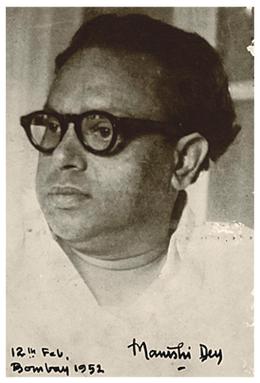
Manishi Dey was an Indian painter of the Bengal School of Art. Manishi Dey was the younger brother of Mukul Dey, a pioneering Indian artist and dry point etcher. Their two sisters, Annapura and Rani, were accomplished in arts and crafts as well.

The modern Indian art movement in Indian painting is considered to have begun in Calcutta in the late nineteenth century. The old traditions of painting had more or less died out in Bengal and new schools of art were started by the British. Initially, protagonists of Indian art such as Raja Ravi Varma drew on Western traditions and techniques including oil paint and easel painting. A reaction to the Western influence led to a revival in primitivism, called as the Bengal school of art, which drew from the rich cultural heritage of India. It was succeeded by the Santiniketan school, led by Rabindranath Tagore's harking back to idyllic rural folk and rural life. Despite its country-wide influence in the early years, the importance of the school declined by the 'forties' and now it is as good as dead.

Sudhir Ranjan Khastgir was an Indian painter of Bengal school of art and an art educator. A pupil of Abanindranath Tagore and Nandalal Bose, Sudhir was known for "Indian style" of painting. He graduated from Visva-Bharati University at Santiniketan in 1929. He was influenced by the Tagore family and his classic works include paintings of scenes from Indian mythologies, women, and village life. He was also the first Art teacher at The Doon School, Dehradun, when it opened in 1935. Today, the many statues and murals on display at Doon, and frescoes of dancers at the entrance of a local cinema hall, 'The Orient', are a product of his creation.

Raman Siva Kumar, known as R. Siva Kumar, is an Indian contemporary art historian, art critic, and curator. His major research has been in the area of early Indian modernism with special focus on the Santiniketan School. He has written several important books, lectured widely on modern Indian art and contributed articles to prestigious international projects such as the Art Journal, Grove Art Online or The Dictionary of Art, Oxford University Press.

Kala Bhavana is the fine arts faculty of Visva-Bharati University, in Shantiniketan, India. It is an institution of education and research in visual arts, founded in 1919, it was established by Nobel laureate Rabindranath Tagore.
Paintings of Abanindranath Tagore is a book on Abanindranath Tagore's paintings by art historian R. Siva Kumar. It is widely considered as a landmark book in the Indian art scene that brings together a large corpus of Abanindranath's work for the first time. It fulfils a glaring lacuna in the picture of this master of modern Indian art.
Santiniketan: The Making of a Contextual Modernism was an exhibition curated by R. Siva Kumar at the National Gallery of Modern Art in 1997, on the occasion of the 50th anniversary of India's Independence.
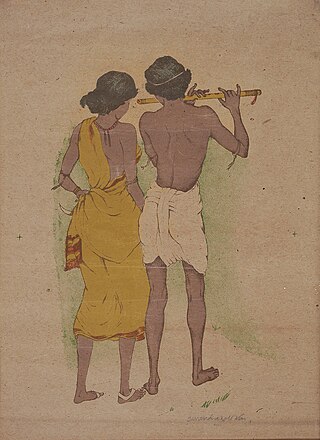
Surendranath Kar was an Indian artist and architect, known for amalgamating the Indian architectural style with western and eastern styles of architecture. Born in 1892 in British India, Kar did his primary learning of art under his cousin, renowned Bengali painter, Nandalal Bose, and Abanindranath Tagore, the nephew of Nobel Laureate, Rabindranath Tagore. Later, he joined Vichitra Club, founded by the Tagore family, as a teacher of art. In 1917, when Tagore set up Brahmacharyasrama, the precursor of later day Shantiniketan, he joined the institution and worked as an art teacher. Two years later, he moved to Kala Bhavana of Tagore as a faculty member.

The Passing of Shah Jahan is a Miniature painting, painted by the Indian artist Abanindranath Tagore in 1902. The painting depicts a scene in which the fifth Mughal Emperor Shah Jahan stares upon the Taj Mahal on his deathbed, with his daughter Jahanara Begum at his feet. Initially involved with the dominant style of European Naturalism, Tagore's mentor Ernest Binfield Havell had introduced him to various types of Indian art. Of these varieties, Tagore was most impressed with old Mughal miniatures, which often featured emotionless, but detailed illustrations of scenes and characters. Incorporating this style with the traditional Indian artistic concept of Bhava', or emotion, Tagore had painted a scene based upon the growing re-interest in Indian history during the British Raj.
The following is a list of notable people associated withVisva- Bharati University and/or Santiniketan, a neighbourhood in Bolpur city in West Bengal, India:

Jamuna Sen was an Indian artist, known for her design work in a variety of mediums including Batik and Alpona as well as developing, in an Indian context, a variety of traditional crafts from across the world. She was a pioneer in establishing the practice of Batik in India in modern times. Daughter of Nandalal Bose, a central figure in modern Indian art, she was brought up in the artistic and intellectual milieu of Santiniketan and made significant contributions in the field of design.
